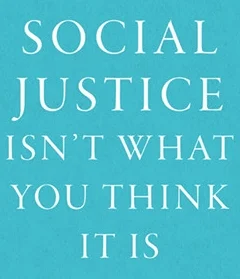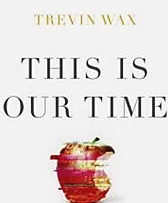A Mind for Numbers - A Review
I have heard many people argue they can never succeed in a certain field of study because, they say, “I’m just not a math person.” The idea is that there are fields of knowledge that it requires some innate set of skills to gain any sort of foothold.
For the sake of debate, we might set aside those who are obviously especially gifted at some academic skill. One may, indeed, need to be specially gifted and then extensively trained to discover new proofs of mathematical ideas or originate create solutions to scientific problems. However, not having the capacity to be at the top of a field should not be confused with being unable to grasp the rudimentary aspects of it.
One of the central theses of Barbara Oakley’s book, A Mind for Numbers: How to Excel at Math and Science Even if You Flunked Algebra is that with due diligence, anyone can do well at Math and Science.
The examples tend to be oriented toward technical disciplines, but the reality is that this book is simply trying to teach habits that lead to academic success in any field. In fact, to someone who has done any significant research in metalearning or study habits, there is very little that is not known. Most of the information Oakley outlines is fairly intuitive for the experienced student.
That qualification is the key, though. Experienced students may have struggled through difficulties on their own, had a mentor who provided them guidance (like a parent, sibling, or neighbor), or simply have naturally fallen into a helpful set of habits related to study because of their environment.
Not everyone has the advantage of being homeschooled, having parents who teach and emphasize learning, or that have excelled in school and are able to help break down mental barriers when they arise. A Mind for Numbers is a treasure for those who are trying to figure out studying on their own, attempting to help a student grow when they aren’t really good students themselves, or looking for ways to restructure curriculum to set students up for success. The target audience of the book is high schoolers, but this is the sort of volume that is useful for college students or adult learners trying to retool for a better career, get a new certificate, or conquer a challenge that previously defeated them.
Oakley’s story is intriguing. Though she is now and engineering professor, she once believed she was incapable of doing math. At some point along the way, a family crisis led to an untimely move with an unhelpful teacher in a new school, all of which resulted in Oakley missing some key links in her mathematical understanding that made it hard for her to follow along in later efforts in the subject. Her natural reaction was the “sour grapes” approach, where she decided that math just wasn’t her thing and that was ok because it was a dumb subject anyway. She later enlisted in the Army, became a language specialist, earned a degree in Slavic languages, but came to realize that the career opportunities in that narrow field were quite limited. So, she decided to see if she could retrain herself to love math, and she pursued a degree in engineering. The end result being a lot of work to learn how to learn, a PhD in engineering, and a deep interested in the learning process.
Much of A Mind for Numbers is really just a plan to become a better student through better time management and prioritization techniques. There are no gimmicks about doing special online puzzles to improve spatial reasoning or whatever. Oakley offers explanations on why starting with easy problems, working examples in the textbook, and doing least-liked jobs first are part of getting through new or difficult subjects. There is a mix of practical wisdom and scientific data, along with the fact that the advice does not come from a parent or teacher who is already in an adversarial role. As a result, this might be a book that a struggling student may find helpful. Oakley digs into the brain science of procrastination, of test stress, and overconfidence. She offers some real, proven processes that will benefit most students in most subjects, even if it does not open up doors to a PhD for everyone.
The trick with any methodology is that the individual who needs the new technique has to want to apply it. There is no magic wand to shake over a student who is entirely uninterested in learning or overtly hostile to it. However, in many cases, those who are obstinate about studies often got that way because they weren’t particularly good at it, so Oakley’s book may offer a way to break a stalemate. Or, for the marginal student in a difficult situation, finding A Mind for Numbers in the library (or having it presented by a well-meaning mentor) may provide the beginning of a framework that can change their life.
One of the things I most appreciate about this book is that it does not make excessive promises. Oakley doesn’t promise that everyone can be a quantum physicist. She does, however, offer real hope that everyone can master even difficult scientific and mathematical concepts if they are willing to exert due diligence, apply themselves systematically, and given some of the basic resources necessary to be successful. That’s an honest claim that the book is entirely capable of delivering on.























Reading your Bible is a battle. There’s a reason why Paul lists Scripture as the sword of the Spirit in his discussion of the armor of God (Eph. 6:17). More even than that, Scripture reveals God’s character and is, thus, central to worshiping well (Psalm 119). That’s why reading the Bible is a battle.